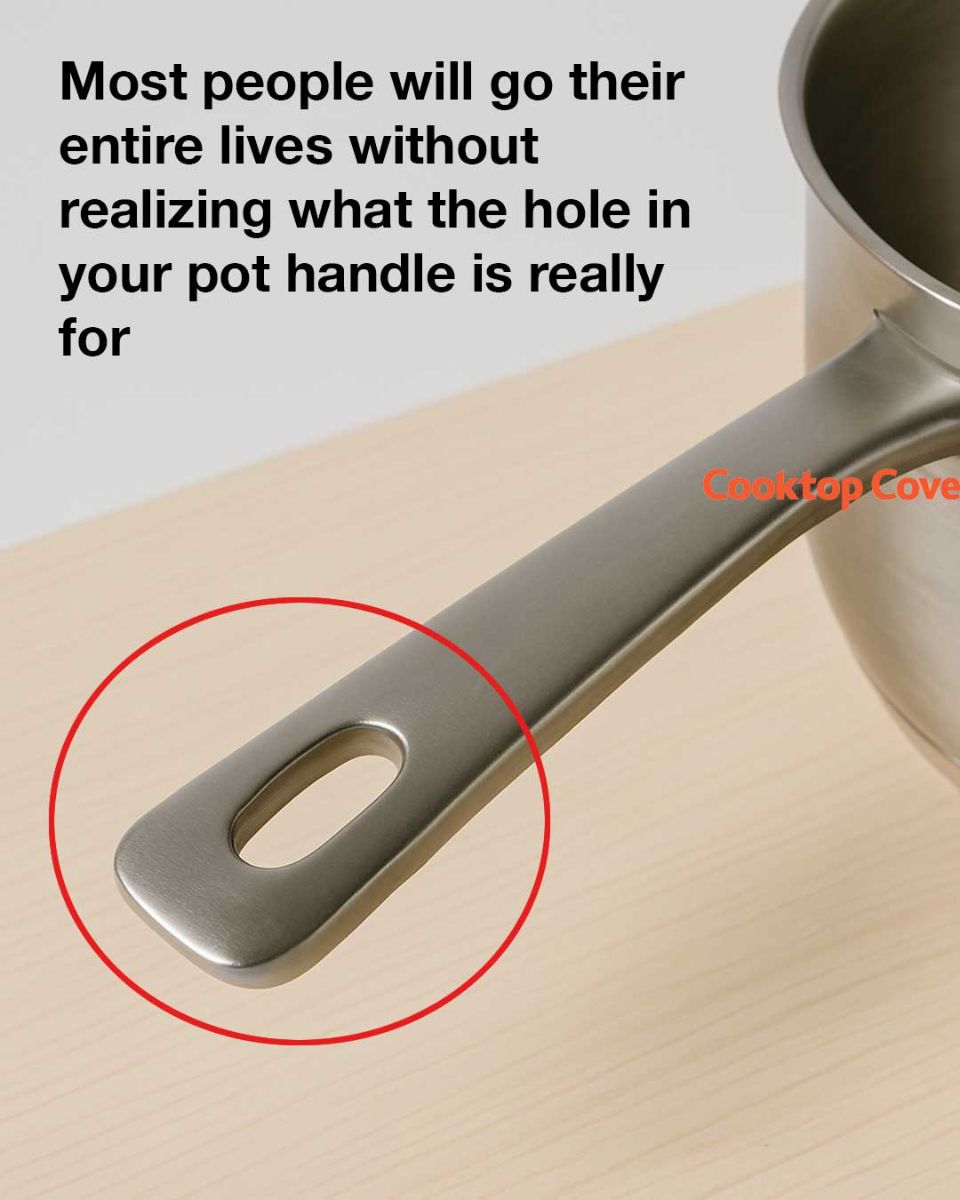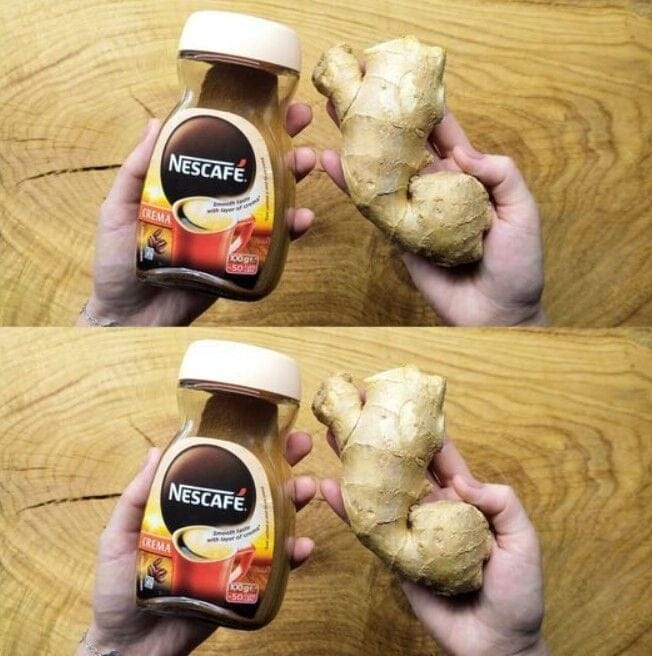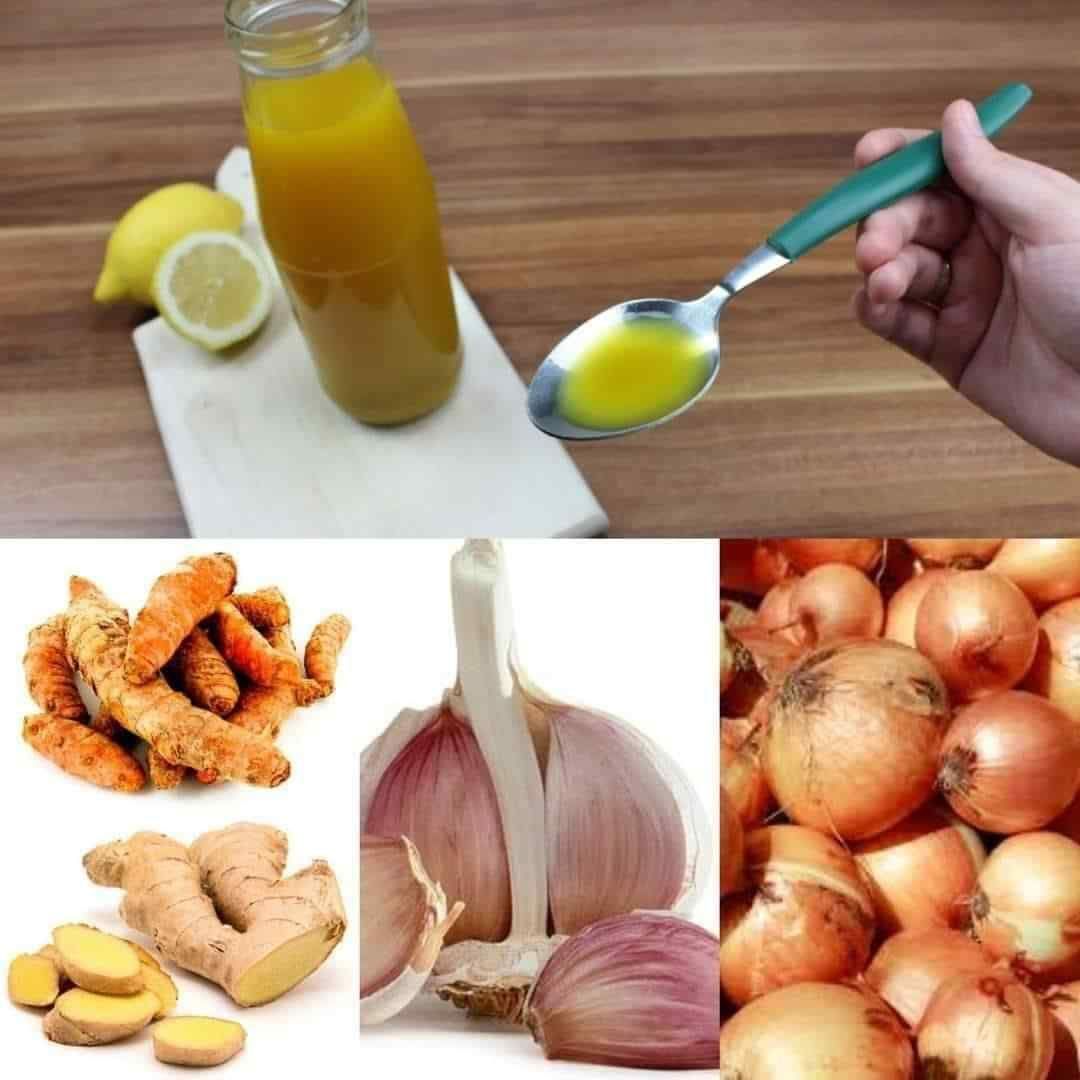In the world of kitchen gadgets and cookware, every design element serves a purpose, even if it is not immediately apparent. One such feature that often goes unnoticed is the hole in the handle of many pots and pans. At first glance, this small, unassuming hole might seem like a mere afterthought or a simple design choice. However, it holds a secret that many people go their entire lives without realizing. This article delves into the mystery of the pot handle hole, exploring its practical uses and debunking common misconceptions.
Common Misconceptions About the Pot Handle Hole
Many people assume that the hole in the pot handle is merely for hanging the pot on a hook. While this is indeed one of its functions, it is far from the only one. Others may think it is a design flaw or an aesthetic choice, not realizing the functional benefits it provides. Some even overlook it entirely, not giving it a second thought as they focus on the more obvious features of their cookware. These misconceptions prevent people from fully utilizing the potential of their kitchen tools.
The reality is that the pot handle hole was thoughtfully designed to serve several practical functions that can enhance your cooking experience. These uses go beyond the basic idea of hanging pots and pans, allowing for more efficient cooking and cleaning.
The Practical Uses of the Pot Handle Hole
The hole in a pot handle is a versatile feature that offers several practical uses beyond what most people might expect. It is designed with intention, providing solutions to common kitchen challenges. From offering a convenient place to rest a spoon to aiding in the controlled pouring of liquids, the pot handle hole is a testament to thoughtful design. Here, we explore the various ways this small feature can enhance your cooking experience.
1. A Convenient Resting Place for Your Stirring Spoon
One of the most ingenious uses of the pot handle hole is as a resting place for your stirring spoon. Instead of placing your spoon on a countertop, where it can create a mess, you can insert the spoon handle through the hole. This keeps the spoon within easy reach and prevents drips and spills, maintaining a cleaner cooking area.
The last thing you want while cooking is to have sauce or broth dripping from your spoon all over your countertop, or worse, all over your stovetop. This is especially true if you’re stirring a sauce or soup for an extended period. By resting the spoon on the handle, you ensure that any drips are contained and that your spoon remains hygienic and easily accessible.
This simple trick can save time and effort by preventing you from needing to clean up a mess after every stirring session. It also reduces the need for multiple utensils, keeping your kitchen less cluttered and organized.
2. Hanging Your Pot for Easy Storage
The most commonly recognized use of the pot handle hole is for hanging the pot on a hook. This is particularly useful in kitchens with limited cabinet space, as it allows you to store pots and pans vertically, freeing up valuable storage space. Hanging your cookware also makes it more accessible, reducing the time spent searching through cluttered cabinets.
When pots are stored in cabinets or drawers, it can be difficult to quickly locate the one you need. This is especially true in small kitchens with limited storage space. By using the hole in the pot handle, you can hang your pots and pans on hooks or pegboards, ensuring they are visible and easy to access. This not only makes it easier to find the right pot for your needs, but it can also help you keep your kitchen tidy and organized.
Additionally, hanging your pots and pans allows them to dry more efficiently after washing. The pots will air out and avoid getting that damp smell that can linger if they are stacked and not properly dried. The hole in the handle allows for a simple, effective solution to kitchen storage problems.
3. Aiding in Controlled Pouring of Liquids
When pouring liquids from a pot, especially those with a wide rim, it can be challenging to control the flow and prevent spills. By inserting a utensil through the pot handle hole, you can create a makeshift spout that guides the liquid more precisely. This technique is particularly useful when transferring soups, sauces, or stocks into smaller containers.
In many cases, pouring liquid from a pot can be messy and imprecise. Spills are not only annoying but can create additional work in cleaning up the mess. The hole in the handle can alleviate this problem by allowing you to use a spoon or spatula to create a spout that directs the liquid more efficiently. This gives you greater control over the pouring process, reducing the chances of spills or overflows.
Whether you’re trying to pour stock into jars, transfer a sauce into a bowl, or pour soup into a serving pot, the hole in the pot handle can help make the process smoother and less stressful. It’s a small feature with a big impact on how your cooking sessions go.
4. Assisting in Measuring Ingredients
For those who cook without precise measuring tools, the pot handle hole can serve as a rough guide for measuring ingredients. While not as accurate as a measuring cup, the hole can help estimate quantities of dry ingredients like rice or pasta. This is a handy trick for quick, everyday cooking when precision is not critical.
When you’re in the middle of cooking and don’t want to dig around for a measuring cup, simply use the pot handle hole to help guide your ingredient measurements. Depending on the size of the hole, it can be used to roughly measure out portions of pasta, grains, or even small amounts of herbs or spices. This can be especially useful when cooking larger meals where exact measurements aren’t necessary, but having a rough idea of the right amounts can still make a difference.
For instance, if you’re cooking a large pot of soup and need to add rice, you could use the hole in the handle to roughly measure the amount you need without searching for a cup. This approach is fast, easy, and convenient, saving you valuable time in the kitchen.
5. Enhancing Grip and Handling
The hole in the pot handle can also improve your grip and handling of the pot, especially when wearing oven mitts or using a towel. By inserting a finger or thumb through the hole, you gain additional leverage and stability, making it easier to maneuver the pot, whether you are stirring its contents or transferring it from stovetop to table.
If you’ve ever tried to carry a large, heavy pot while wearing oven mitts, you know how difficult it can be to get a good grip on the handle. The hole allows you to use your finger or thumb to secure the pot more effectively, giving you better control over the pot’s weight and movement. This simple addition to the handle design helps prevent accidents, spills, or mishaps that can happen when you’re trying to juggle a hot pot without a firm grip.
Whether you’re moving the pot from one burner to another, carrying it to the table, or just stirring ingredients, the pot handle hole provides extra stability and control, making it easier to manage the pot safely and effectively.
Conclusion: Embracing the Versatility of the Pot Handle Hole
The hole in your pot handle is more than just a simple design feature; it is a versatile tool that can enhance your cooking experience in multiple ways. By understanding and utilizing its various functions, you can make your time in the kitchen more efficient and enjoyable. So next time you reach for a pot, take a moment to appreciate the humble hole in its handle and the myriad of possibilities it offers.
This small but thoughtful design element is a prime example of how even the most basic kitchen tools can be optimized for greater functionality. Whether you’re looking to keep your utensils handy, improve storage solutions, prevent spills, or enhance your cooking technique, the pot handle hole proves to be a simple yet brilliant feature. So, the next time you see that hole, remember: it’s there for a reason, and it’s working hard to make your cooking experience that much easier.





